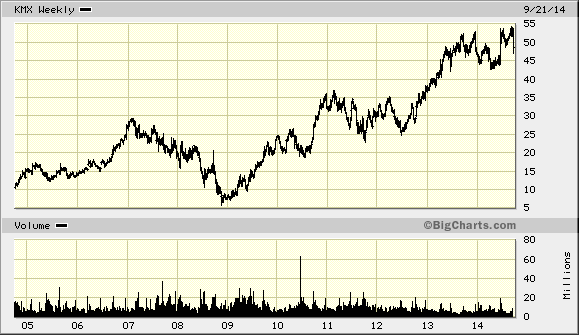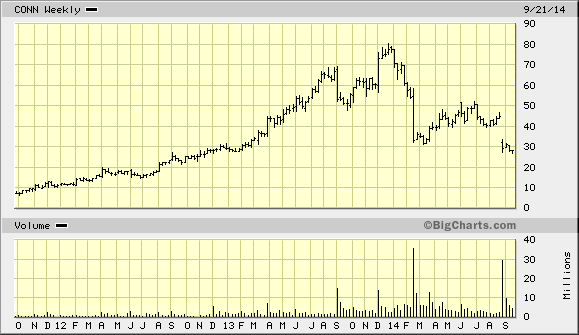Everyone has a plan ’till they get punched in the mouth. —Mike Tyson
The author describes in Chapter 7: The Financial Crisis, Into the Void, his trauma. He learned not to be leveraged and to turn off the Bloomberg to avoid the daily carnage. But I wonder why—if the experience was so searing—he didn’t reflect deeply on the causes for what had happened. Like after seeing the dead and wounded in your safari camp after an elephant stampede and then wondering if changing the color of your tents would stave off disaster. Perhaps studying elephant migratory patterns would help. Value investors like Seth Klarman and Jim Grant were howling about rapidly burgeoning mortgage debt and centrally-planned interest rates. Mr. Spier should dust off his Mises and Rothbard texts on the Austrian theory of the business cycle.
On page 80, he believes that people’s human excesses and moral compromises helped cause the financial crisis. Poppycock! And even if true, then what lessons could be learned? People are always and everywhere greedy, kind, cruel, amoral, and just plain human. Forget the inner scorecards, Robert Cialdini, author of the book Influence, would be saying, “look at incentives.” The U.S. banking system is inherently flawed. Since 1840 the US has had 12 major banking crises, while Canada has had none—not even during the Great Depression. See Fragile by Design by Charles W. Calomiris and Stephen Haber. I don’t believe Canadians are less prone to humanness than Americans? Ever been to a hockey game? The author makes an assertion without theory, evidence or fact. That’s ugly.
The author seems to lack curiosity as to what happened to him. However, he did listen to Michael Burry’s warnings about the mortgage crisis, but he didn’t share what he thought happened. He bet that policymakers would use every available tool to avert disaster. But why should the politburo at the Federal Reserve intervene to pile more debt upon debt? To what effects and consequences? What about the crisis of 1920? The Fed did nothing and the result was the fastest and strongest recovery in US history. View: http://youtu.be/czcUmnsprQI.
Now the US labors under high private debt, too-big-too-fail banks, absurd Dodd Frank bank regulations (10,000 pages and counting of rules), and a $4 trillion dollar Fed balance sheet. Imagine if the Fed did the right thing and shut down. The panic of 2008 was a global banking crisis. Wealth would have been unaffected, however titles to that wealth would change from the profligate to the prudent. Now, in 2014, bubbles and moral hazards abound.
My questions are not only asked of Mr. Spier but also of Mohnish Pabrai and Bill Miller. Mr. Miller once mentioned how cheap housing stocks were at 6 times earnings during 2006 http://www.bloomberg.com. Yet homebuilder company earnings were at 200-year peaks. Mr. Miller may have lacked understanding of how much mal-investment occurred along with a host of other reasons (community reinvestment act that forced banks to lend to poor credit risks so they could be rechartered). Mr. Pabrai can clutch a check-list but that won’t help in a credit crisis if he owns a subprime lender.
Ironically, Mr. Spier mentions sub-prime auto dealer/lender, Carmax (KMX), as a risk. Now with massive Fed intervention with QE, QE2, QE3, and QE Forever, why be a value investor? Move over Graham and Buffett, own the most leveraged, subprime lenders you can find like: 
But be sure to sell in time:
Balance sheets matter when bubbles pop. Right now–for now–bubbles abound.
May Mr. Spier enjoy his nirvana, but I can’t recommend this book for anybody who is forging their own way. You are better off to read Buffett and Graham’s writings while thinking of your own strengths and weaknesses. Follow Mr. Spier’s example and keep a diary of your progress. It’s YOUR journey.
I won’t be doing other book reviews unless I am 100% behind recommending the book to you. I would like to next look at DEEP VALUE by Toby Carlisle. Ten thumbs up.
—
Tutorial on Gold and the Mining Business from the Denver Mining Show
Very good overviews of gold and mining
Updating the Bullish and Bearish Cases For Gold http://bit.ly/1B6LHte
Gold Bullion and the Need for Systematic Insurance. http://bit.ly/ZLb0pc An excellent review of market risk.
How Not to Blow it Next Time http://bit.ly/1tYZYYI



11 responses to “The Education of a Value Investor Part III: The “Ugly””